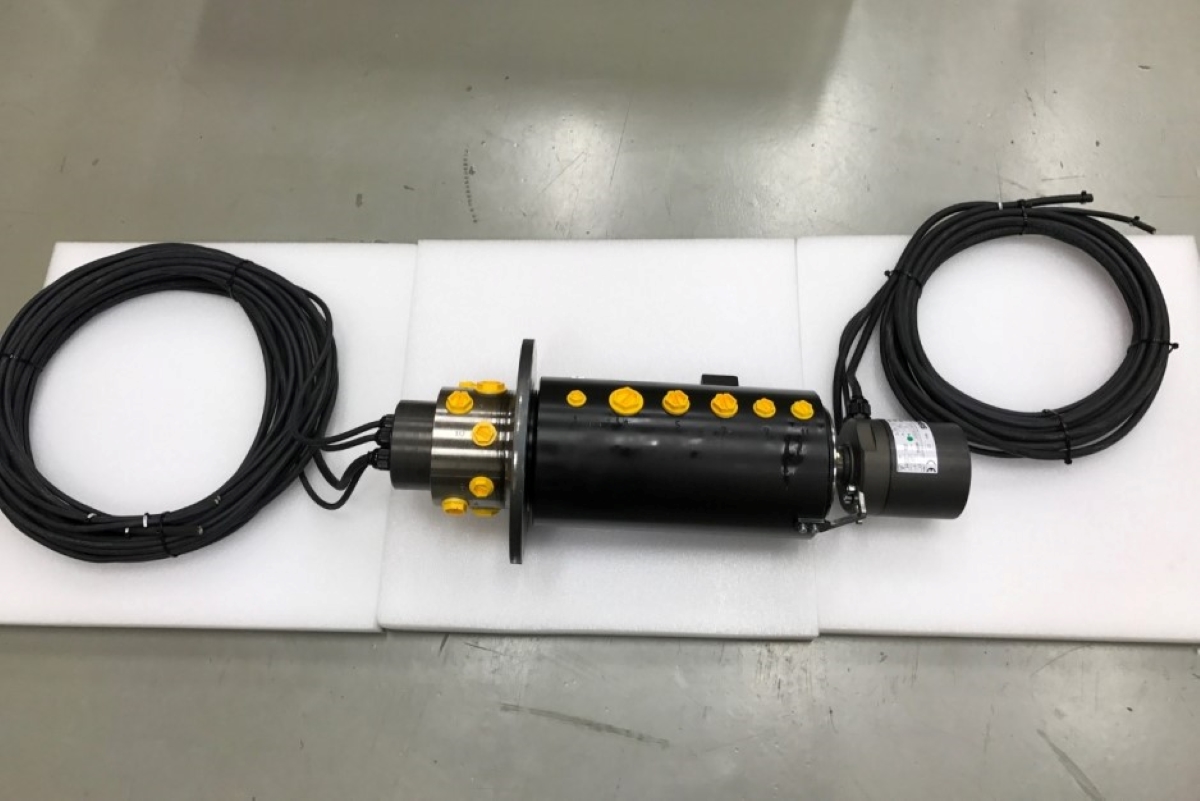In the realm of advanced engineering and cutting-edge technology, electrical slip rings remain a mysterious yet indispensable component. As industries strive for greater efficiency and innovation, it becomes crucial to understand the fundamental elements that drive their operations. In this article, we unveil the secrets behind electrical slip rings, shedding light on their significance, functionality, and applications. So, if you’re curious about what an electrical slip ring is and how it impacts various industries, read on!
- The Enigmatic Electrical Slip Ring
- How Electrical Slip Rings Work
- Applications of Electrical Slip Rings
- Advancements in Electrical Slip Ring Technology
The Enigmatic Electrical Slip Ring
Electrical slip rings, also known as rotary electrical connectors or rotary joints, are intricate devices that enable the transmission of power, signals, and data between rotating and stationary parts of a system. They play a crucial role in applications where continuous rotation is required while maintaining electrical connections. Whether it’s a wind turbine, robotic arm, packaging machinery, or even a medical imaging system, electrical slip rings provide the necessary link for seamless communication.
How Electrical Slip Rings Work
At its core, an electrical slip ring consists of two main components: a stationary part called the stator and a rotating part called the rotor. The stator is fixed to the stationary component of the system, while the rotor is mounted on the rotating part. The two components are connected through brushes or contacts that facilitate the transfer of electricity, signals, and data.
When the system rotates, the rotor spins relative to the stator, and the brushes maintain contact with the conductive rings or tracks on the rotor. This contact allows the flow of electrical current, enabling the transmission of power and signals across the rotating interface. By employing advanced engineering techniques and materials, slip rings minimize friction, wear, and electrical noise, ensuring a reliable and efficient transfer of energy and information.
Applications of Electrical Slip Rings
Electrical slip rings find applications in a wide range of industries where rotating systems and electrical connections coexist. Here are a few examples of how slip rings are used:
a) Wind Turbines: In wind energy generation, slip rings are utilized to transfer power and data between the rotating blades and the stationary components, enabling efficient control and monitoring of the turbine.
b) Robotics: Robotic systems heavily rely on slip rings to enable continuous rotation of robotic arms while maintaining electrical connections for power, control signals, and data transfer.
c) Packaging and Printing Machinery: Slip rings play a vital role in packaging and printing equipment, ensuring uninterrupted power supply and enabling the transmission of control signals and sensor data while the machinery rotates.
d) Medical Imaging Systems: Slip rings are integral to medical imaging devices such as CT scanners and MRI machines. They enable the rotation of the imaging components while ensuring the transmission of electrical signals and data required for accurate diagnostics.
e) Radar and Surveillance Systems: Slip rings are essential in radar and surveillance systems, allowing the rotation of antennas, cameras, and sensors while maintaining crucial electrical connections for data acquisition and transmission.
Advancements in Electrical Slip Ring Technology
Over the years, electrical slip ring technology has advanced significantly, driven by the need for higher performance and reliability. Modern slip rings incorporate innovative features such as:
a) High-Speed Data Transmission: Slip rings now support high-speed digital communication protocols like Ethernet and fiber optics, enabling the transmission of large volumes of data in real-time.
b) Compact and Lightweight Designs: Advancements in materials and manufacturing techniques have led to the development of compact and lightweight slip rings, making them more versatile and suitable for various applications.
c) Maintenance-Free Operation: Some slip rings now incorporate maintenance-free designs, utilizing brushless technology to eliminate the need for periodic maintenance and brush replacement.
d) Customization and Integration: Slip ring manufacturers now offer customization options, allowing customers to tailor the devices to their specific application requirements. Integration of additional features, such as rotary joints for fluid or pneumatic connections, is also possible.
Electrical slip rings may appear enigmatic at first, but their significance in modern technology cannot be overstated. By enabling the seamless transfer of power, signals, and data in rotating applications, slip rings play a vital role in various industries, including wind energy, robotics, packaging, medical imaging, and surveillance systems. With advancements in technology, slip rings continue to evolve, offering higher speeds, compact designs, maintenance-free operation, and customization options. As industries strive for innovation and efficiency, understanding the secrets behind electrical slip rings becomes essential for engineers, manufacturers, and enthusiasts alike.
See What We Can Do

